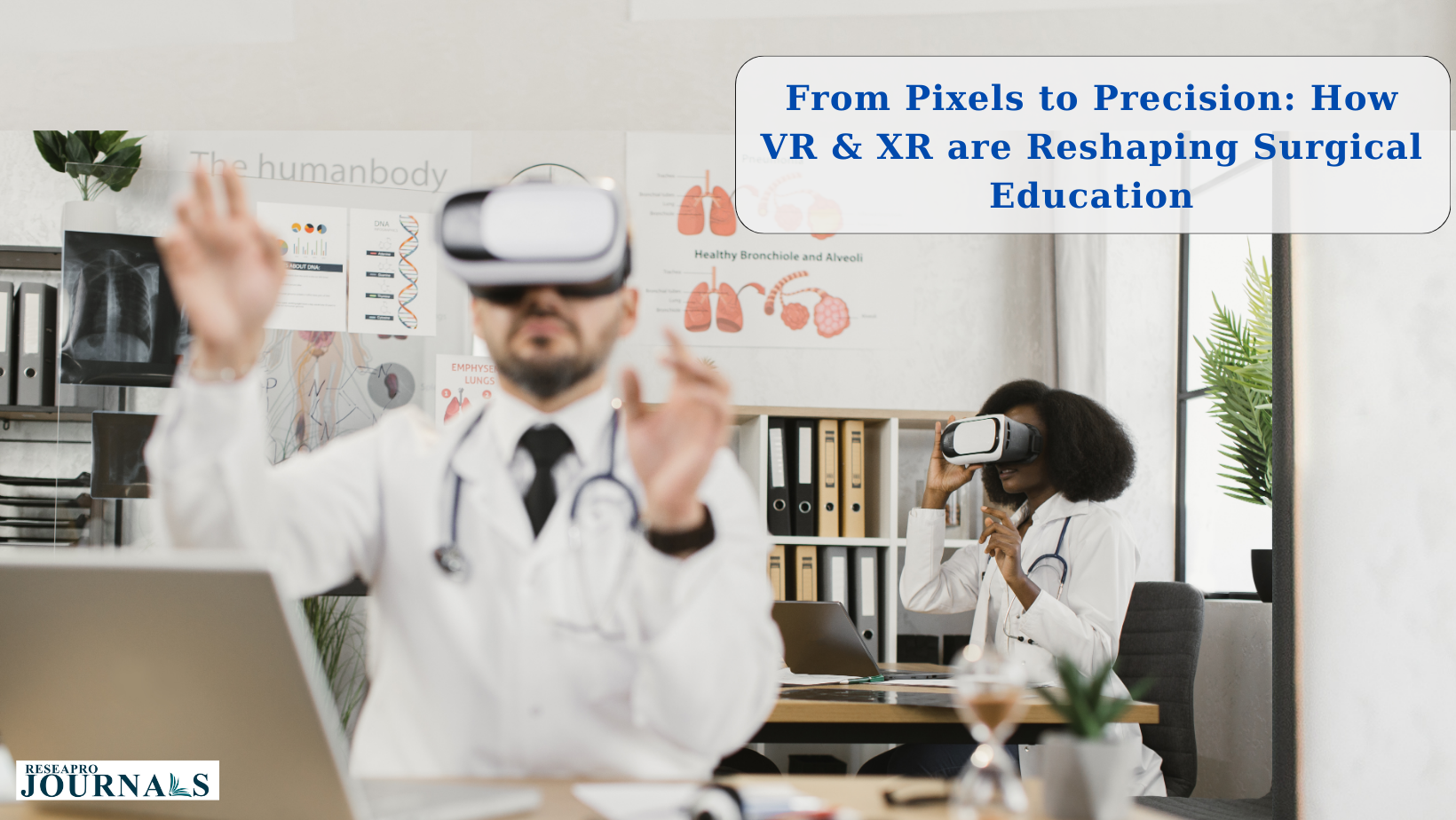|
Getting your Trinity Audio player ready...
|
Imagine stepping into a hyper-realistic operating room, wielding virtual instruments, and performing delicate surgery on a digital patient. Sounds like science fiction, right? Wrong! Extended reality (XR) – a fancy term for virtual and augmented reality – is revolutionizing surgical education, offering aspiring doctors a next-level training ground.
Why is XR such a game-changer?
• Immersive Realities: XR puts you in the heart of the action, simulating real-world surgical scenarios with stunning visuals and haptic feedback. Imagine practicing suturing on a virtual wound or navigating complex anatomy in 3D – muscle memory just got a VR upgrade.
• Master the Basics, Conquer the Complex: XR training modules allow you to hone fundamental skills like hand-eye coordination and instrument handling before tackling complex procedures. You can rehearse challenging techniques as many times as needed, building confidence and competence.
• Beyond the Classroom: XR breaks the limitations of traditional training. Imagine practicing a rare procedure you might never encounter in real life, or collaborating with surgeons across the globe in virtual operating rooms. The possibilities are endless!
But is it as good as the real thing?
Research says XR can be a powerful complement to traditional surgical education. Studies have shown it can improve:
• Technical skills: VR training has been proven to enhance dexterity, precision, and overall surgical performance in various specialties.
• Procedural knowledge: XR simulations help trainees visualize anatomy and understand surgical steps in a more interactive and engaging way.
• Confidence and preparedness: Practicing in a safe, virtual environment can boost confidence and reduce anxiety before real-world surgeries.
So, is XR the future of surgical training?
The future is now! XR is rapidly transforming surgical education, offering a valuable tool to bridge the gap between theory and practice. While it may not replace traditional training, it’s a powerful addition to the surgeon’s arsenal, paving the way for a new generation of skilled and confident doctors.
In addition to the benefits mentioned above, XR also offers the following advantages:
• Reduced costs: XR simulations can be much cheaper than traditional surgical training methods, such as using cadavers or animal models.
• Increased safety: XR training allows trainees to practice in a safe environment without the risk of harming patients.
• Improved accessibility: XR simulations can be made available to trainees anywhere in the world, regardless of their location or access to resources.
Overall, XR is a powerful tool that has the potential to revolutionize surgical education. As the technology continues to develop, we can expect to see even more innovative ways to use XR to train the next generation of surgeons.




